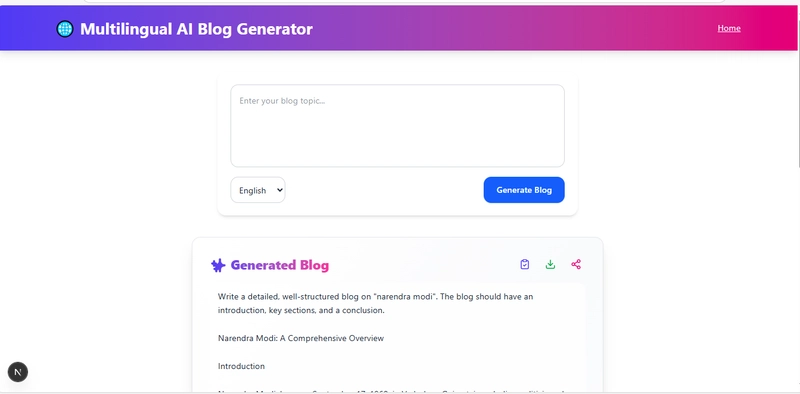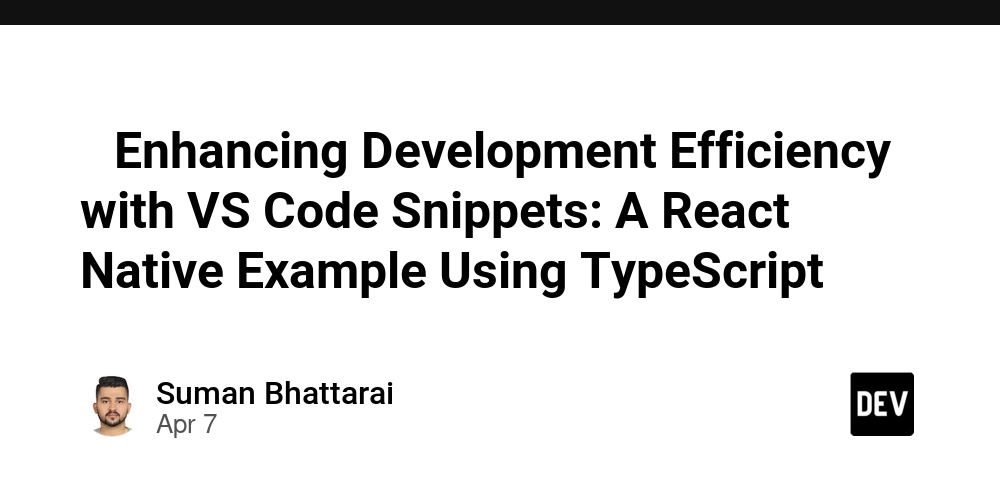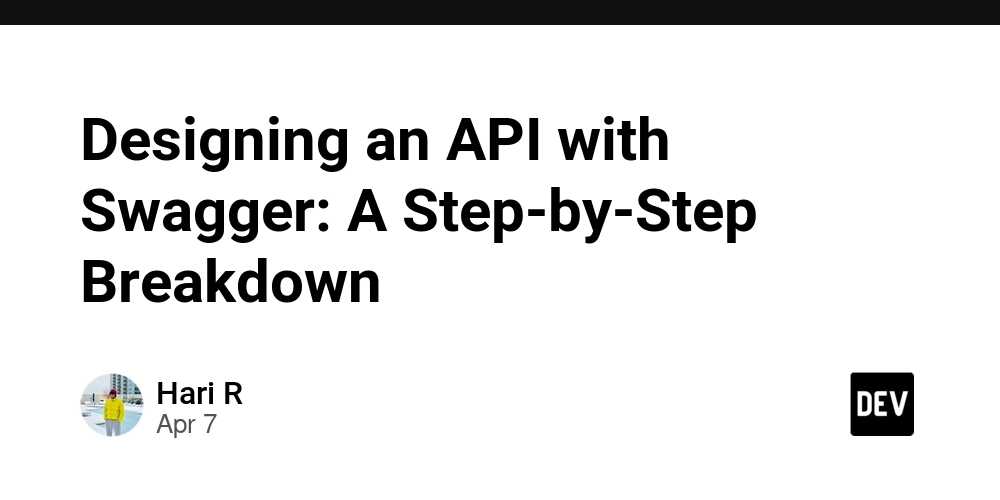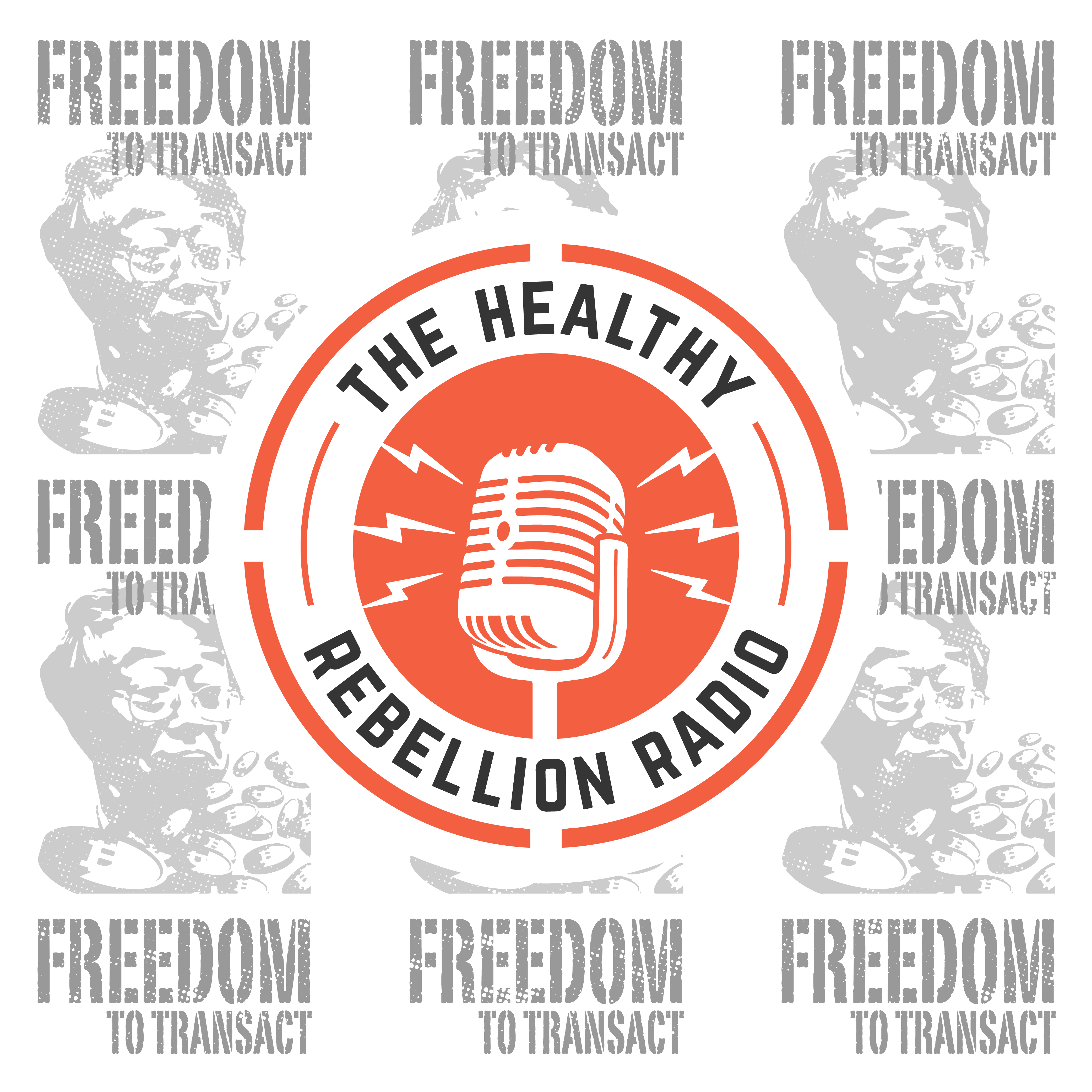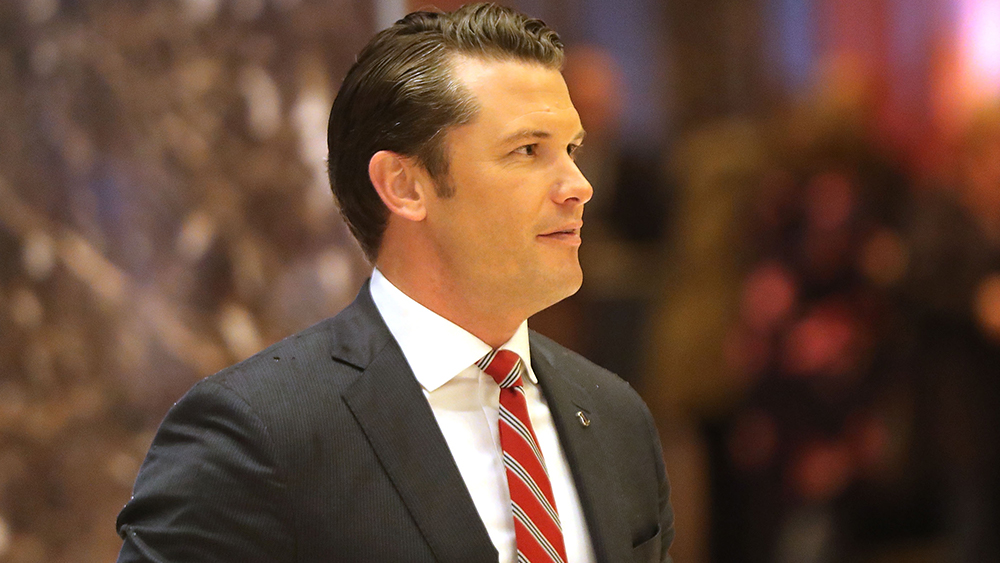Microsoft Strengthens Outlook’s Email Ecosystem to Protect Inboxes
Microsoft Outlook will enforce stricter authentication requirements for high-volume senders, impacting domains that send over 5,000 emails daily. These changes, which will take effect on May 5, 2025, aim to enhance inbox protection and maintain trust in digital communication. Outlook’s updated policy will mandate compliance with SPF (Sender Policy Framework), DKIM (DomainKeys Identified Mail), and […] The post Microsoft Strengthens Outlook’s Email Ecosystem to Protect Inboxes appeared first on Cyber Security News.

Microsoft Outlook will enforce stricter authentication requirements for high-volume senders, impacting domains that send over 5,000 emails daily. These changes, which will take effect on May 5, 2025, aim to enhance inbox protection and maintain trust in digital communication.
Outlook’s updated policy will mandate compliance with SPF (Sender Policy Framework), DKIM (DomainKeys Identified Mail), and DMARC (Domain-based Message Authentication, Reporting and Conformance). These protocols verify email legitimacy and prevent malicious activities such as spoofing and phishing.
- SPF: This protocol validates the sending domain by ensuring that only authorized IP addresses and hosts are listed in the domain’s DNS record.
- DKIM: DKIM confirms the integrity and authenticity of an email through a digital signature, ensuring that the message remains unaltered during transit.
- DMARC: Building upon SPF and DKIM, DMARC enforces domain alignment and provides reports on email authentication results. It allows senders to specify how unauthenticated emails should be handled. A “p=none” policy is the minimum requirement, though a stricter “p=reject” policy is recommended.
Additional Recommendations for Senders
Besides adhering to the new authentication mandates, Microsoft suggests that senders implement several best practices for email hygiene to maintain quality and trust. These include:
- Compliant P2 Sender Addresses: Ensuring the “From” and “Reply-To” addresses are valid and capable of receiving replies.
- Functional Unsubscribe Links: Providing recipients with an easily accessible option to opt out of receiving further communications.
- List Hygiene and Bounce Management: Regularly removing invalid email addresses from mailing lists to decrease bounce rates and spam complaints.
- Transparent Mailing Practices: Utilizing precise subject lines, avoiding deceptive headers, and ensuring recipients have consented to receive emails.
Microsoft is encouraging senders to update their SPF, DKIM, and DMARC records to align with the new requirements. The enforcement timeline is as follows:
- Starting Now: Senders should review and update their SPF, DKIM, and DMARC records.
- After May 5, 2025, Outlook will begin routing non-compliant messages to the junk folder.
- Future Date (To Be Announced): Non-compliant messages may be rejected for better user protection.
These changes are specifically targeted at high-volume senders because they substantially impact inbox safety. By focusing on senders of over 5,000 messages per day, Outlook aims to significantly reduce the potential for spam and spoofing campaigns to reach its users.
These new requirements and recommendations are designed to create a safer and more reliable email ecosystem. Senders who comply with SPF, DKIM, and DMARC often experience improved deliverability, fewer bounce-backs, and more substantial brand credibility.
While the initial enforcement targets large senders, all senders are encouraged to adopt these best practices to protect their reputation and enhance email security.
Investigate Real-World Malicious Links & Phishing Attacks With Threat Intelligence Lookup - Try 50 Request for Free
The post Microsoft Strengthens Outlook’s Email Ecosystem to Protect Inboxes appeared first on Cyber Security News.


















